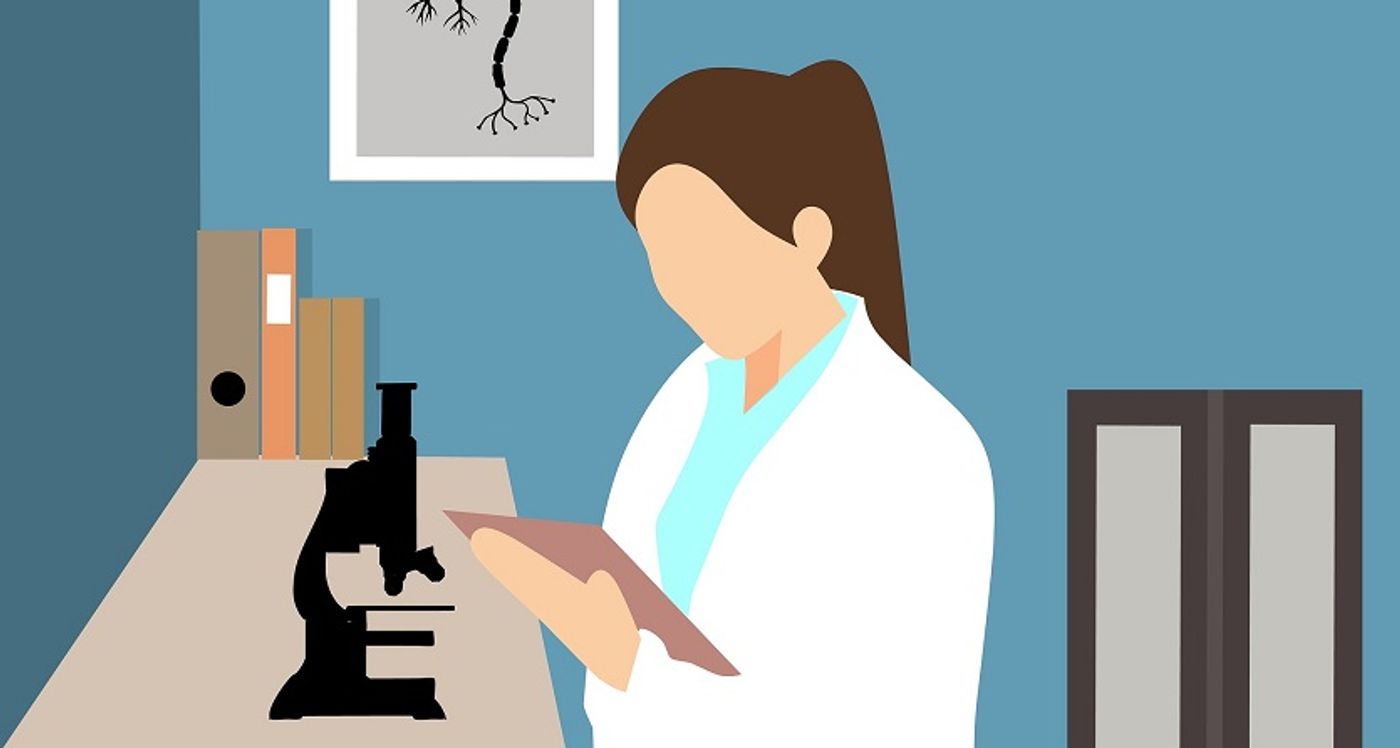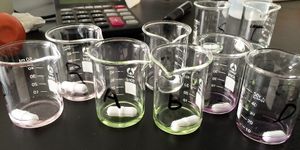A New 3D Imaging Method for Atherosclerosis Analysis in Mice
Imaging in research may not sound glamorous, but how else would news stories get those cool looking science photos for their articles? Imaging for scientists is exciting for other reasons, as it allows us to see things easier, quicker, or in a way we have never been able to see before.
Imaging in medicine tends to circle around injected dyes of some form or another. Occasionally, doctors may have to take biopsies which undergo a different kind of imaging to identify biomarkers or abnormal tissue structure. All types of imaging are needed to make sure we know what is actually happening in various diseases. In research, things tend to get a little cooler.
In research, scientists often deal with much smaller samples and models (mouse, rat, etc.) to test new and interesting imaging techniques. This is, of course, where all the latest imaging techniques are developed before they reach the doctor’s offices.
In a new study, a team from Novo Nordisk in Denmark developed a workflow that utilized a type of 3D imaging combined with deep learning to examine atherosclerotic plaques in mice. Atherosclerosis is the build-up of fatty plaques in blood vessels that, when ruptured, can cause thrombosis (aka a blood clot). The workflow described in this study would be able to obtain 3D images of mouse arteries with atherosclerosis and quantify the images through deep learning.
The 3D imaging works via something called light-sheet fluorescence microscopy. This technique uses a light beam to illuminate a thin layer of a sample, creating a slide like an image that normally would have to be physically cut and mounted. Using this, researchers could obtain images without harming the sample and manually notate where plaque boundaries are, and get a good idea of how large a plaque is in a mouse blood vessel.
This new workflow utilized a deep learning model, a 2D and 3D U-net, to analyze the plaques in the images. Doing the analysis this way would save time and would be far more consistent than manually analyzed images. This method could also identify the composition of the plaques, not just the boundaries. Both methods resulted in similar annotated images, meaning that the deep learning program could get the same results as a trained researcher.
This study gave a general look at the benefits of 3D light-sheet fluorescence microscopy combined with deep learning. Using deep learning, a researcher could analyze atherosclerotic plaques without needing dyes or harmful imaging yet attain the same information. While this is a technique only suitable for research at the moment, it could make an impact on the speed of cardiovascular research in general.
The study concludes, “Using the here developed technology we provide a comprehensive and quantitative overview of plaques in the common mouse models of atherosclerosis. Our quantitative 3D imaging technique enables simultaneous volumetric analysis of plaques and their composition (e.g. inflammatory cells) in the aorta and the main arterial branches.”
Sources: Nature Scientific Reports, DASH: Data Science Center in Health









